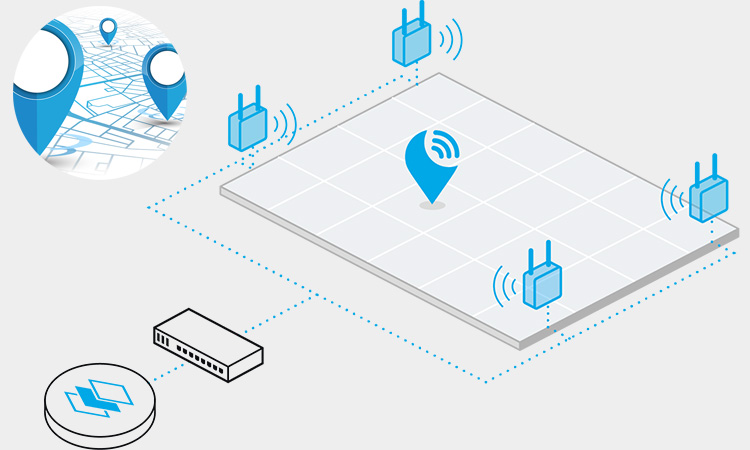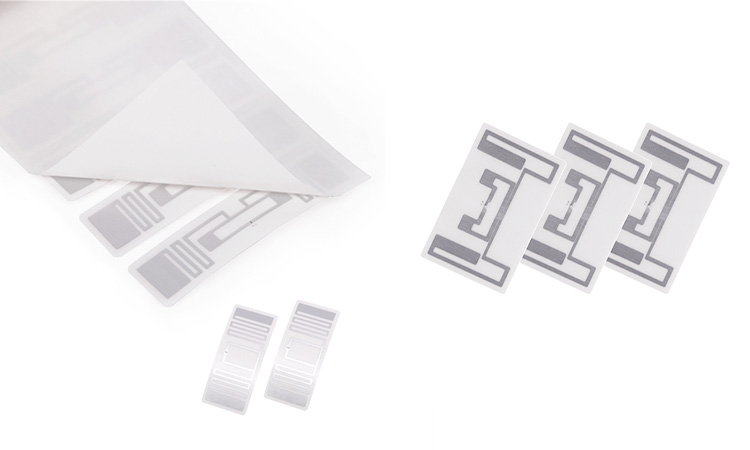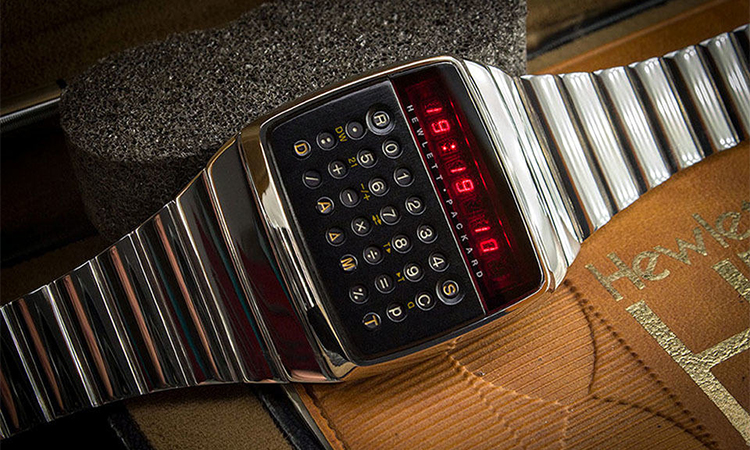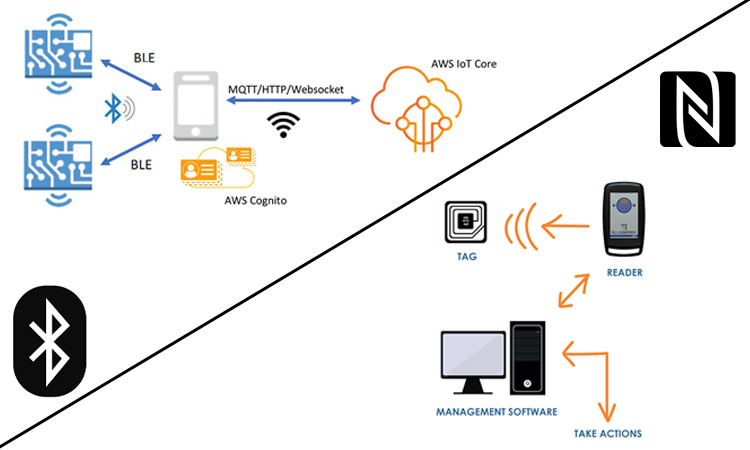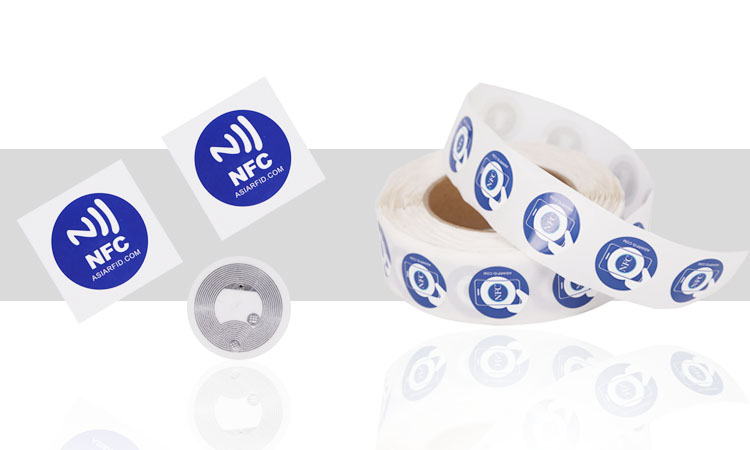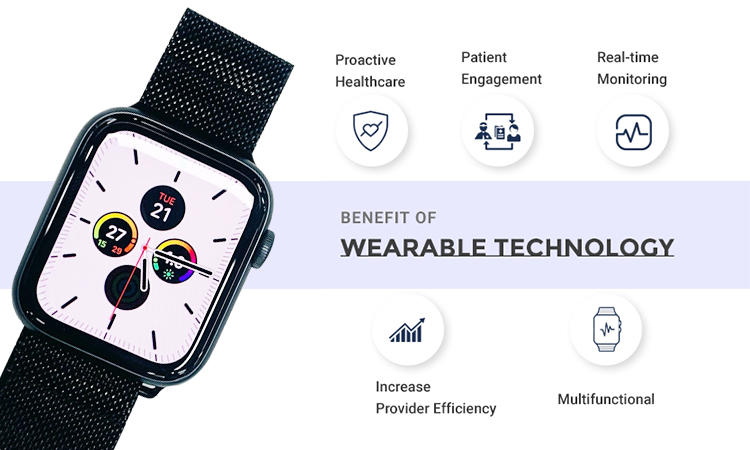Barcodes vs RFID (Radio Frequency Identification) tags are two different forms of technology used in various industries for tracking and identification purposes. RFID has gone to the world and has been adopted by more enterprises. So have Barcodes been phased out? The answer is no. Barcode has been around for so long that it cannot be easily replaced. By understanding each option’s features, businesses can make the best decision when it comes to purchasing the right technology solution for their needs.
What is Barcode?
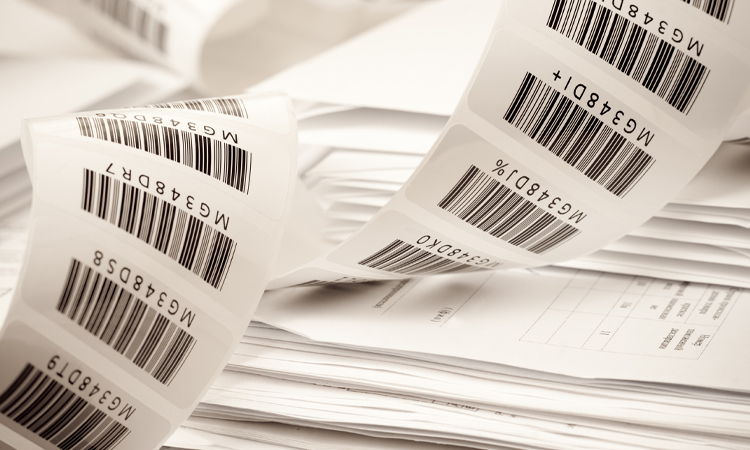
Barcode is one method. It is a way of representing data in a visual, machine-readable form. It has two types: one-dimensional (1D) Barcodes and two-dimensional (2D) Barcodes. It consists of a combination of blackbars, white bars and numbers, and each number within it has a different meaning.
It will usually be read by a bar scanner. A bar scanner is a device that captures and decodes a Barcode to obtain the information within it. The bar scanner uses a beam of light to scan the Barcode to capture the information. And then transmits the information in real time to a host computer or tablet. It tracks items from manufacture to sale and beyond throughout their life cycle.
We can conclude from Grand View Research search’s report on barcode readers. The growing popularity of QR codes and the adoption of scanners for inventory control and business intelligence for business process optimization are expected to drive growth. During the COVID-19 explosion, there has been a gradual increase in contactless payments and contactless payment solutions. It is also driving the adoption of barcode readers in businesses.
What is RFID?
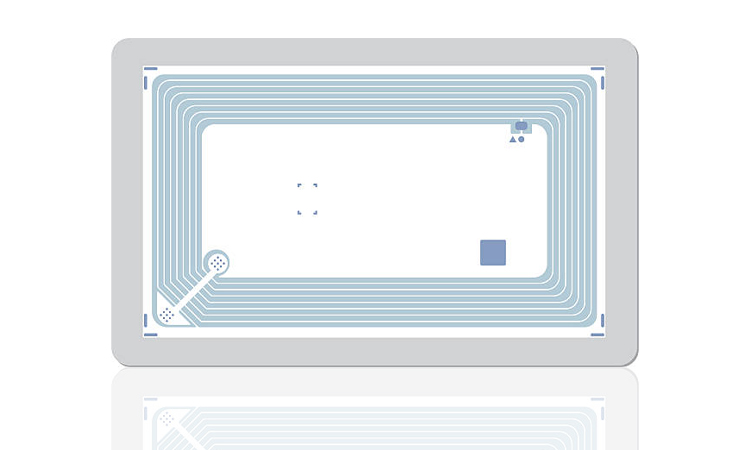
RFID is a technology. It identifies and tracks tags attached to objects through radio waves. RFID typically consists of two components: the tag and a reader with an antenna.
An RFID reader typically has one or more antennas that transmit and receive signals from the RFID tag. An RFID tag can actively or passively transmit data via radio waves to the user holding the RFID reader.
RFID labels come in three manifestations, active RFID tags, semi passive RFID tags and passive RFID tags. Batteries power active RFID tags. Passive RFID tags “pass” the power through the RFID reader. Passive RFID tags are the most popular compared the two because they are smaller and less expensive to implement.
What are the Similarities Between Barcode and RFID?
Barcodes and RFID share a number of similarities, including:
- Identification and tracking: Both technologies are used to identify and track products or items, allowing for improved efficiency, accuracy, and accountability.
- Data storage: Both barcodes and RFID can store data, such as product information, inventory levels, and location data.
- Automation: Both technologies can automate data capture and processing, reducing the need for manual data entry and improving productivity.
- Integration: Both technologies can be integrated with other systems, such as inventory management, point-of-sale, and supply chain management, to improve visibility and control.
- Standardization: Both barcode and RFID standards have been established to ensure compatibility and interoperability across different systems and applications.
RFID vs Barcode: The Differences Between Them
Barcodes and RFID are two technologies that are widely used in inventory management, tracking and identification of products. While they both serve similar purposes, there are some key differences between the two:
- Barcodes and RFID are two technologies used for tracking and identification of products. While barcodes require a direct line of sight to scan product information, RFID can read data wirelessly without a direct line of sight. This makes RFID more flexible and convenient in certain applications.
- Barcodes are generally more cost-efficient than RFID, but RFID has the advantage of being able to read data from a much greater distance (up to 30 feet) compared to barcodes (up to a few feet). However, barcodes are still widely used due to their simplicity and affordability.
- While the precision of barcodes has been found to be comparable to or even better than RFID tags in some cases, RFID has the advantage of being able to quickly read data. This can be particularly useful in tracking large amounts of inventory or assets.
- Barcodes are simple to use and are smaller and lighter than RFID, making them convenient for many applications. However, RFID tags can store more information and can also write data, making them more versatile and useful in certain applications.
- While barcode scanning is limited to one item at a time, this provides accuracy and reliability, eliminating the risk of accidental scans. RFID, on the other hand, can scan multiple items simultaneously, but this may require additional measures to ensure accuracy and reliability.
What are the Advantages and Disadvantages of Barcodes vs RFID?
Advantages of Barcodes:
- Barcodes are a mature technology widely used and accepted in many industries.
- Barcodes are relatively inexpensive to produce and can be easily printed on labels or packaging.
- Barcodes require minimal power and are easily read with a simple barcode scanner.
- Barcodes can be used to track inventory, improve efficiency, and reduce errors in data entry.
Disadvantages of Barcodes:
- Barcodes require line-of-sight scanning, which can be a limitation in certain applications.
- Barcodes can be damaged or obscured, making them difficult to read accurately.
- Barcodes may not be suitable for tracking items in harsh or extreme environments.
- Barcodes have limited storage capacity and cannot be updated once printed.
Advantages of RFID:
- RFID does not require line-of-sight scanning and can be read from a distance, making it more flexible and versatile than barcodes.
- RFID can store more data than barcodes and be updated in real-time, allowing for more accurate and up-to-date information.
- RFID can track items in harsh or extreme environments, such as high heat or cold temperatures.
- RFID can be used for various applications, from inventory management to asset tracking and access control.
Disadvantages of RFID:
- RFID tags and readers can be more expensive than barcodes and may require more power.
- RFID technology may face privacy concerns due to the ability to track items or people without their knowledge or consent.
- RFID may require more complex infrastructure and integration with existing systems.
- RFID can be affected by interference from other electronic devices or materials.
Both asset tracking technologies, RFID and Barcode have advantages and disadvantages. In terms of speed, RFID allows companies to keep track of inventory faster than Barcodes. In terms of accuracy, human error is more likely to occur because Barcodes require manual reading. If the item that needs to be labelled is metal, you may want to prioritize using Barcodes. RFID may not be as accurate in the face of metal objects. But in most cases, RFID is exceptionally accurate for inventory. When choosing between RFID VS Barcode, you must consider a lot, such as purpose, environment, and potential cost.
Will RFID Replace Barcodes?
While RFID technology has some clear advantages over barcodes, it is unlikely that RFID will completely replace barcodes anytime soon. This is because both technologies have their own strengths and weaknesses and are better suited for certain applications.
Barcodes are simple, cost-effective, and widely used, making them popular for many businesses. They are ideal for tracking inventory and products at a low cost and can be easily integrated into existing systems and processes.
On the other hand, RFID offers greater flexibility, speed, and accuracy compared to barcodes. It can read data wirelessly from a greater distance and process information faster than barcodes. Additionally, RFID tags can store more data and can be used to track assets and products in real time.
However, RFID technology is still more expensive than barcodes, and the infrastructure required for RFID implementation can be more complex. Additionally, RFID technology has some limitations, such as its vulnerability to interference and the potential for data privacy concerns.
Barcodes vs RFID: Will they Work Together?
Barcodes and RFID are two different technologies for identifying and tracking products or inventory. While they can both be used for similar purposes, they have different capabilities and limitations. There are several situations where barcodes and RFID can work together to improve tracking and inventory management:
Barcode to RFID Conversion
RFID is a relatively expensive technology, so they need to invest a lot of money. Not all companies have the funds to move their entire business directly to the newer technology. The changeover is not an overnight process either, and it takes a long time to convert slowly. In this process, the update is usually taken first to update the more beneficial parts of the company. Later, other parts are updated when more funding is available. In this case, Barcode and RFID coexist.
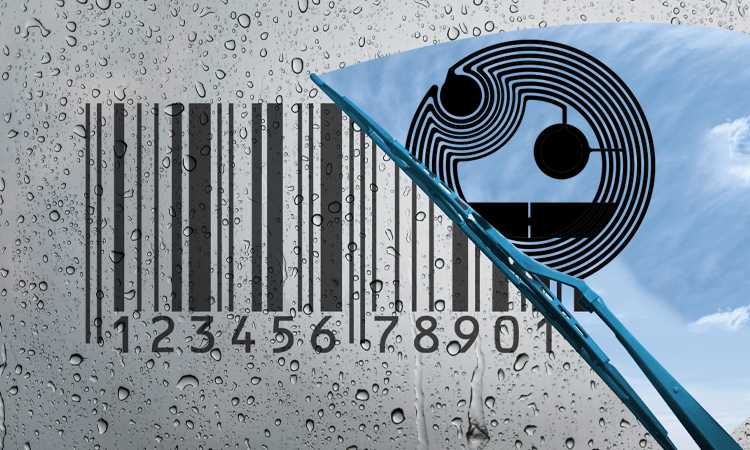
Different Working Environments make Barcode VS RFID Coexist
Not all work environments are suitable for RFID. Metal can affect the propagation of RFID signals. A company with a work environment containing only metal items will not be suitable for RFID. In contrast, Barcodes are better to use. It is unlikely that all work environments in a company will contain only metal objects. The rest of the company’s operations can use RFID technology. This allows Barcode VS RFID to appear in the same company.
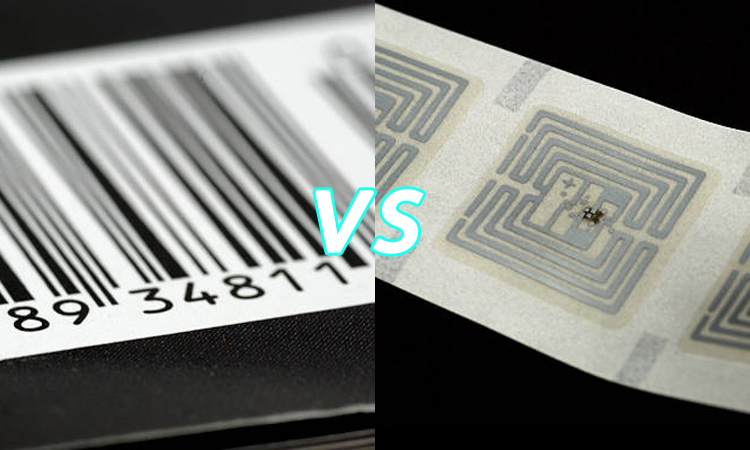
You also can read more: Metal Tags, RFID Anti Metal Tags: What are They?
Some Parts Of The Company May Not Need to Use RFID
It’s not a matter of updating the technology. A company has multiple supply chain, engineering, and human resources departments. The role of each department is different, and some departments may not need to be updated and can be maintained as they are. For example, the supply chain department must be updated. And other departments can choose whether to update according to their requirements.
The supply chain is the most crucial department in a company that produces and transports products. Updating Barcodes to RFID tags will allow the company to manage its inventory more efficiently. It is possible that the engineering or human resources departments may not be ready to make this change for their own or other reasons. Upgrading to RFID may not have a significant impact on some departments. They will choose to stick with Barcodes. Then both Barcode and RFID will exist.
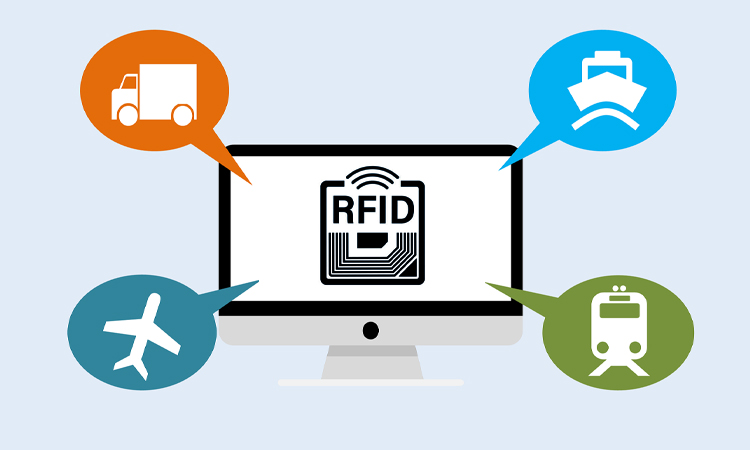
Use RFID for Plan A and Barcode for Plan B
To do any deployment plan, you need to prepare two plans. When one fails, the other can be filled in time. There may be malfunctions or vandalism in the process of using RFID technology. The company’s operations will be significantly affected if no other solution is available.
Barcodes are the best plan B. They need to be on the product at the same time. This means the product will have both RFID vs Barcode tag. When the RFID fails, they can use a scanner to capture the product data. Inspect and repair the RFID at the same time. Printing Barcodes on RFID tags allow companies to avoid accidents that can cause severe damage.
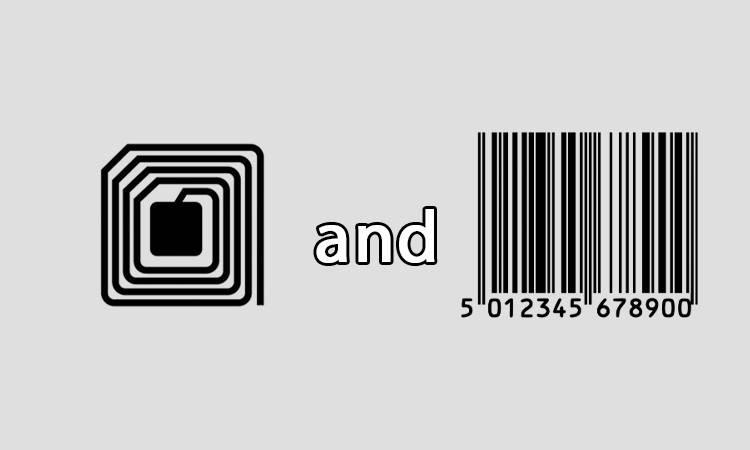
Barcode VS RFID: Which One is Better for Asset Tracking?
I believe you understand both RFID VS Barcode entirely through the above information. Regarding inventory tracking, the Barcode is a relatively inexpensive technology. The public readily accepts it. RFID is an upgraded version of Barcodes that offers greater efficiency, speed and accuracy. It is more suitable for companies to create inventory tracking systems quickly. It can reduce the workload of employees and increase their productivity.
If you open a small store, using a Barcode to track inventory will be more suitable. This is because the expense cost will be much higher with RFID technology. RFID is your best helper if you plan to open a large shopping mall or logistics company. Because of the variety and quantity of commodities, using Barcodes requires a lot of human resources. It takes a long time to create a sound inventory system. It can scan multiple tags at once. Using RFID to track your items will significantly reduce the time you spend tracking your existing inventory. It can shorten your preparation time and allow you to open your business in less time.
There are many channels to buy Barcode vs RFID tags in the market. You can visit some regular online platforms such as atlasrfidstore.com, Amazon and xinyetongrfid.com. Xinyetong is a professional manufacturer and exporter of smart cards and RFID tags. They have established strategic partnerships with world-renowned semiconductor corporations like Philips, ISSI, etc.

If you need to buy RFID tags, you can choose to buy RFID tags and Barcodes according to the style or shape you want and the cost. You must consider more if you need to buy many custom Barcode VS RFID tags. You need to consider your production environment and product materials for production. Geographical factors, the need to meet the procurement and production convenience. The company development strategy also needs to consider cost-effectiveness and return on investment. You need to know your product better to pick the correct label.
As RFID matures, many companies are faced with deciding whether to convert from Barcode technology to RFID. Updating the technology is the best option at this stage. However, it is best to consider how best to use both technologies in conjunction with the company’s development of RFID vs Barcode . They are both competitors but also the best partners.
More about RFID vs Barcode Problem
-
What are the main differences between RFID and barcode technology?
RFID and barcode technology allow for the identification and tracking of items, but RFID utilizes radio waves to read and capture data from RFID tags. In contrast, barcodes use optical scanning to read information from printed labels.
-
How does RFID technology differ from traditional barcode scanning?
RFID technology differs from barcode scanning in that it can read data from RFID tags without requiring direct line-of-sight and read multiple tags simultaneously.
-
What are the advantages of using RFID over barcodes in inventory management?
The advantages of using RFID over barcodes in inventory management include faster and more accurate data capture, the ability to read tags through packaging and other barriers, and the ability to track items in real time, which can lead to greater efficiency and cost savings.
-
What are the limitations of using barcodes instead of RFID in supply chain management?
The limitations of using barcodes instead of RFID in supply chain management include the need for manual scanning, limited reading range, and vulnerability to damage or wear and tear, which can result in errors and delays.
-
How do RFID and barcode technologies compare in terms of cost and implementation?
RFID technology is generally more expensive than barcode technology but may offer long-term cost savings due to improved accuracy and efficiency. Implementation of RFID technology can also require specialized equipment and software, which can add to the initial cost.
-
What are the key considerations when deciding between RFID and barcode technology for asset tracking?
Key considerations when selecting RFID and barcode technology for asset tracking include the size and type of the asset, the desired level of accuracy, the environment in which it will be tracked, and the cost and complexity of the technology.
-
How does the range of RFID technology compare to the scanning range of barcodes?
The range of RFID technology can vary depending on the frequency and power of the RFID reader but is generally greater than that of barcode scanning, which requires proximity to the label.
-
What are the security implications of using RFID versus barcode for tracking sensitive items?
The security implications of using RFID versus barcode technology for tracking sensitive items depend on the specific implementation and security measures in place. RFID tags can be read remotely, which can raise privacy concerns, whereas barcodes may be more susceptible to counterfeiting or tampering.
-
How does the accuracy of RFID tracking compare to barcode tracking?
The accuracy of RFID tracking is generally higher than barcode scanning, as RFID can capture data from multiple tags at once and does not require line-of-sight.
-
How do RFID technology’s data storage and retrieval capabilities compare to barcodes?
RFID technology’s data storage and retrieval capabilities are generally greater than those of barcodes, as RFID tags can store more information and be updated in real-time. Barcodes have a limited amount of data storage and cannot be updated once printed.


